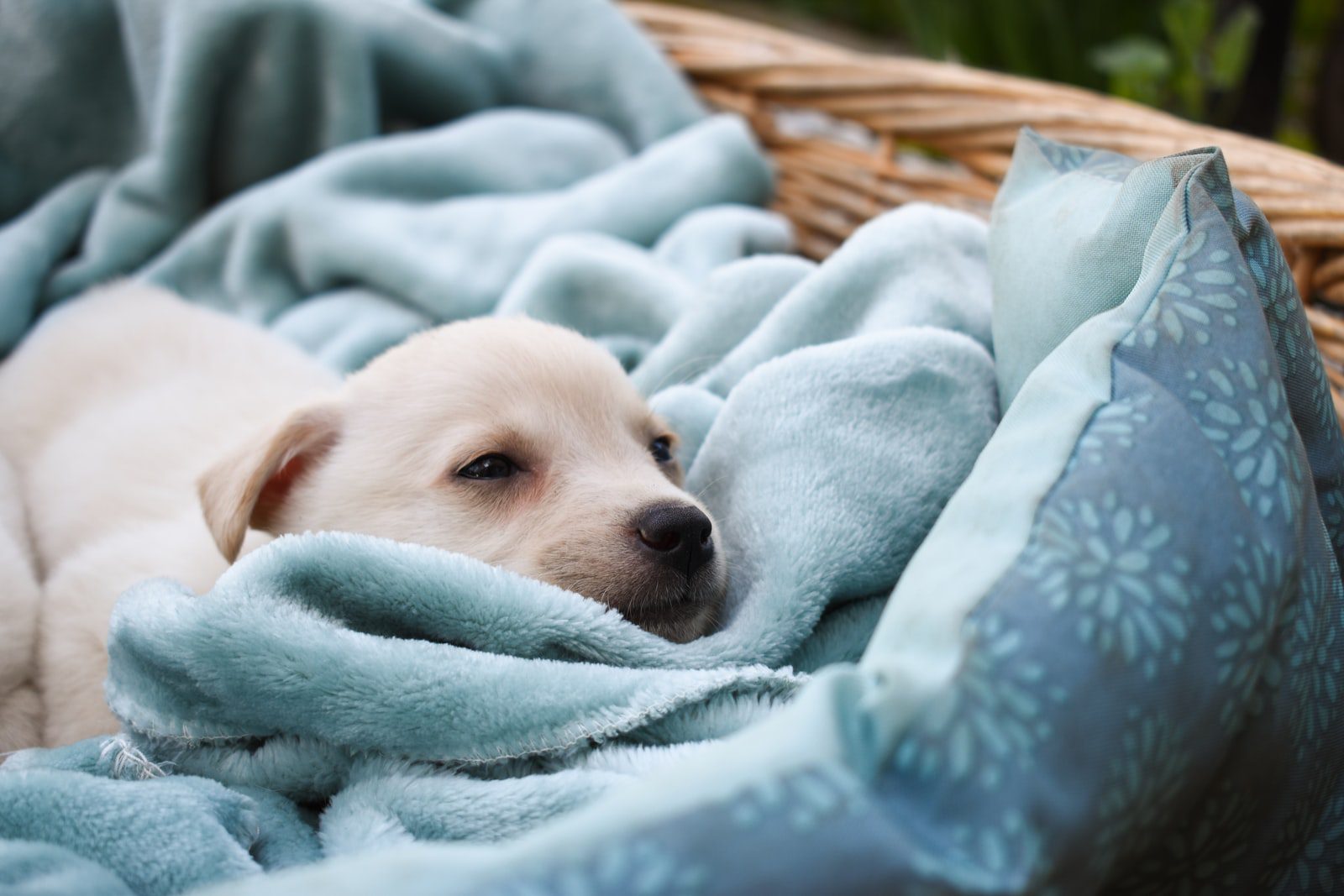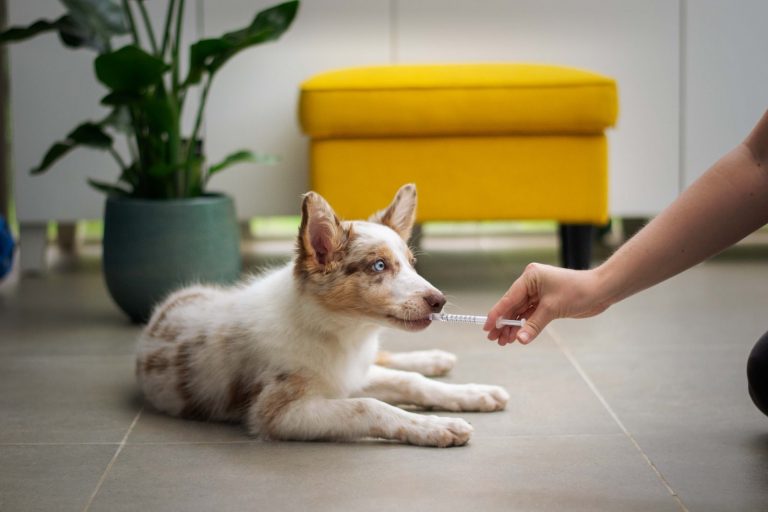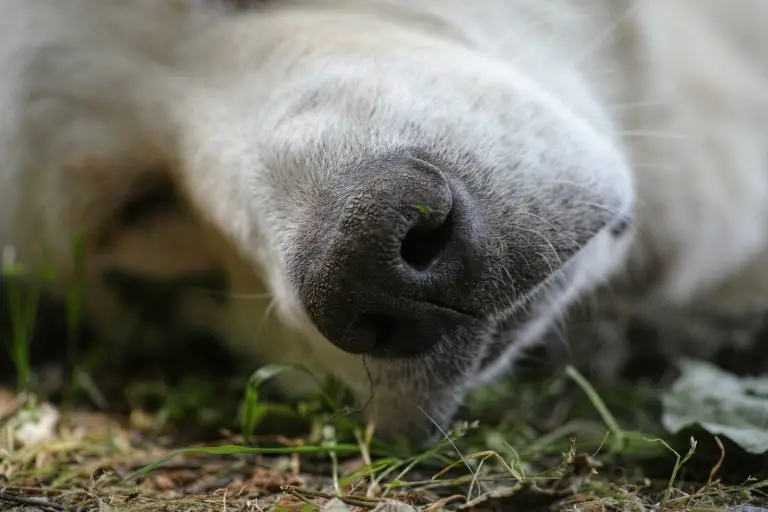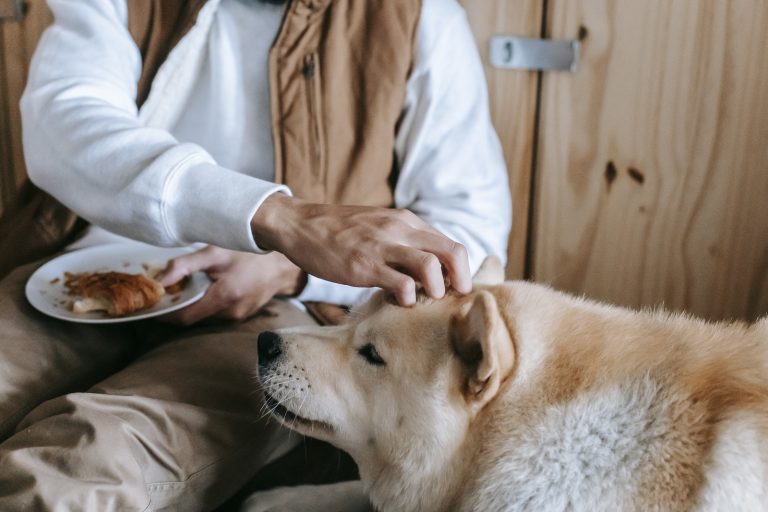First, of course, you’ll need to be emotionally and logistically ready for the labor that it takes to be a responsible dog owner. This includes being available for (or providing for) training, regular walks, feeding times, grooming, veterinary visits, and the ability to board or otherwise care for your dog when you are traveling.
Getting a new dog is exciting, but also a large responsibility. If you want your dog to seamlessly adjust to a new life with you, being fully prepared is the best way to facilitate that transition.
What breed of dog is best for your home environment?
Before getting a new dog, it is crucial that you investigate what breed would be right for you. A lack of preparedness to address the nature of certain breeds in your planning can be disastrous. Will your dog need more outdoor space than you have? Is this breed typically good with children or other animals? It is not reliable to just look at the size of a particular breed. Some smaller dogs need more room, while some larger ones are very content to sit around a small apartment.
Researching these topics is very important and will allow you to have a better experience with your new friend. The American Kennel Club has a Dog Breed Selector online that will help you with this. Answer some questions about what kind of dog you are looking for and it will give you useful options.
Dog Breed Selector from American Kennel Club
These questions include assessing your own activity level, availability for training, and tolerance for things like shedding or barking. These are all inquiries you have to pose to yourself before looking for the dog that is right for you.
Once you have a spectrum of breeds that you are interested in, it will be easier to get a handle on what dog you want to bring home. When out seeking a new dog, it is recommended to look first at shelters and rescue centers in order to help dogs that may otherwise not have a chance.
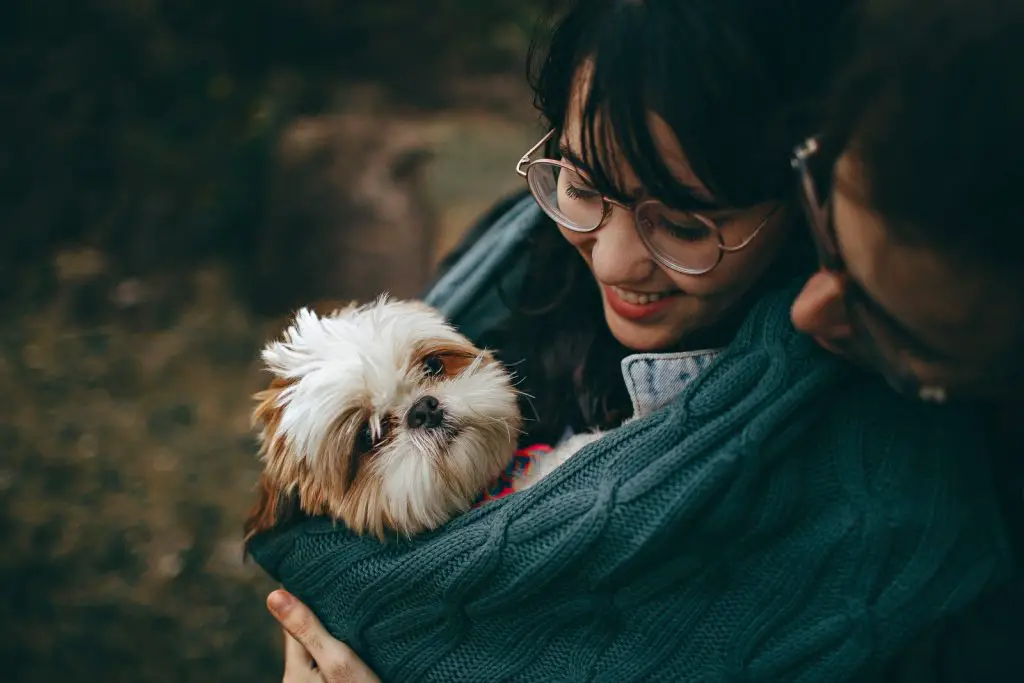
How to outfit your space
Then, before you bring a friend home, there are the physical materials you’ll want to acquire. Some of these are more obvious while others may not be.
- Leash, collar, harness and ID tag: These basics give you a way to protect your dog from being lost or getting into trouble. While there is some debate about using collars vs. harnesses when walking, collars have been shown to cause neck injury, especially for dogs who have not been leash trained yet.
- A Crate: Crate training is a great way to get your dog comfortable in your home. It creates a private space for them and keeps them from harming themselves (or causing harm) when you cannot oversee them. However it is important to get a crate that is the right size for your breed of dog. If the crate is too large they may use one side as a bathroom, too small and your dog may grow out of it quickly.
- Bedding: You’ll want a bed that is large enough for your dog to stretch out on. Don’t buy anything too expensive if you have a puppy as it is likely they will tear a few to shreds before settling down.
- Food and water bowls: You’ll want size appropriate bowls that are secure and don’t slip around the floor. Metal bowls are best because they do not break easily.
- Food and treats: You can do a deep dive on the right foods for your breed and size of dog, but the important thing is that you talk with your veterinarian and not make big food transitions instantly. If a different food is suggested, mix it in slowly with an old food to help them get acclimatized to the new nutrition. Treats are great for training. Don’t give out too many and keep them in reserve for praising good behavior.
- Toys: Dogs love to chew, especially puppies. Pick toys that are not a choking hazard and that won’t drive you crazy. Kong type toys where treats are hidden in the toys are great because they also keep dogs active.
- Poop bags and cleaning supplies: There will be accidents and “oopses” to deal with. Keep dog friendly cleaning supplies on hand as well as bags to handle waste.
- Dog gates: If you want to keep your new dog cordoned off in a specific area, dog proof gates are key. However, make sure you get ones that aren’t easily scalable by your dog or they will not be worth it. Some smaller dogs can climb and larger ones leap more effectively than you might think. Consult with a vet to see what might be best to use.
On Your Best Digs, they created some handy checklists on helping keep your dog comfortable at home to keep ideas like this in order and make sure you have remembered everything.

Preparing your new dog
While it may be common to consider what you need to ready your home for the arrival of a new furry friend, it is also important to understand that your new dog needs to be acclimatized to a new environment very carefully. Some dogs are skittish and a bad experience can be enough to make them dread a certain spot. Others can test their boundaries and if you are not careful they can become used to making an indoor spot their chew toy or bathroom.
- Make them comfortable with you: Early on, work you dog into your routine if you can, bringing them to dog-friendly errands and have them with you for as much time as is possible. Dogs are social animals and want to connect with you.
- Training: Consider professional puppy training to get your dog in good habits. There are clinics and workshops available at most pet stores.
- Socialize: Give dogs a chance to be social so they can get along more effectively with people and other animals.
- Don’t overwhelm them: Try to keep large gatherings to a minimum in the early days of getting a new dog. It can give them anxiety to meet too many new people in a new place.
Ultimately, your situation will determine how best to connect with your furry new friend, but you can be ahead of the game by preparing yourself, your space, and your dog for the experience of a lifetime.

